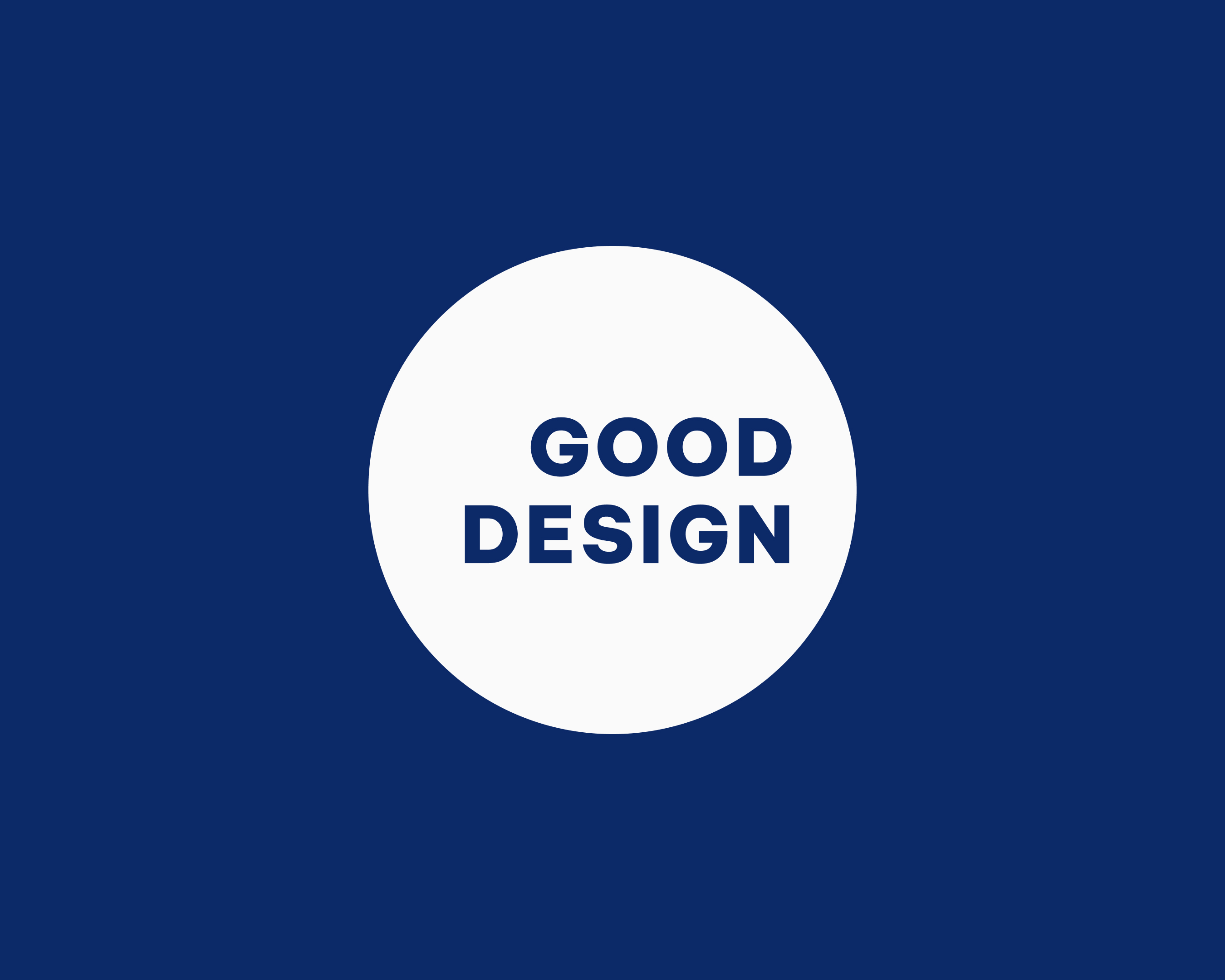

Most industrial designers live to create “good design.” Those two words motivate whole design careers, as it has mine. Consumers love good design too, and so do all the companies that strive to build it because they know it leads to success. But in this over-hyped world we live in where grandiose claims about goodness are rampant and often disingenuous, what exactly defines design excellence?
It’s often hard for consumers to navigate through all the marketing jargon and the sheer quantity of product offered, let alone judge if something is a good design. Furthermore there are many other influencing factors on a judgement of excellence that go beyond the product itself. Brand claims, customer reviews and social media imagery all compete for our attention, and good design can get lost in the shuffle.
People generally recognize good design as something that "looks good and works well," but of course it's so much deeper than that.
Good design begins with purpose. It feels inevitable, like it always belonged here. It has a sense of clarity in the solution, where every detail contributes to the whole. It solves a problem and earns its right to exist by being useful and by being used amply over time. It offers tangible value. A good design shows evidence of a purposeful intent, whether that’s a special new insight or a story that yearns to be told. Like art, good design reveals what its maker was thinking, while at the same time revealing truths about the thing itself.
Good design has integrity. It’s honest in what it claims to be and doesn’t pretend to be something it’s not. In other words, it’s genuine. It doesn’t need to shout for attention or be jam-packed with features. In fact, some of the best design is quietly radical - it subverts expectations without screaming about it. The motto “less is more” still pertains, perhaps now more than ever.
Good design is responsible. In a world saturated with consumption, it considers its impact. Ecological stewardship can’t be an afterthought. A truly good design doesn’t just serve its user; it respects the ecosystem it enters and lasts a long time. We’ve produced enough landfill masquerading as innovation. The future demands better.
Good design respects its user. It understands people first and foremost, not as demographics or data points, but as emotional, unpredictable beings. It meets them where they are and gives them something better, often without them needing to ask. It’s not just functional; it’s responsive and empathic.
Good design evokes joy and wonder. Whether it’s an interaction that borders on magic, a stunningly beautiful form, a clever mechanism, or just the way something feels in your hand - good design makes you feel very present and alive. That moment of emotional resonance is the signature of a well-executed idea. Truly original, ingenious, or daring design has the capacity to absolutely move us.
Good design disappears when it works and reappears on your terms. Contrary to the above statement, sometimes good utilitarian design blends into our lives so elegantly we barely notice it - until you realize how much easier, richer, or more beautiful your day became because of it. That’s the paradox of good design: it sometimes hides in plain sight. It goes about its job of enabling you, without a fuss.